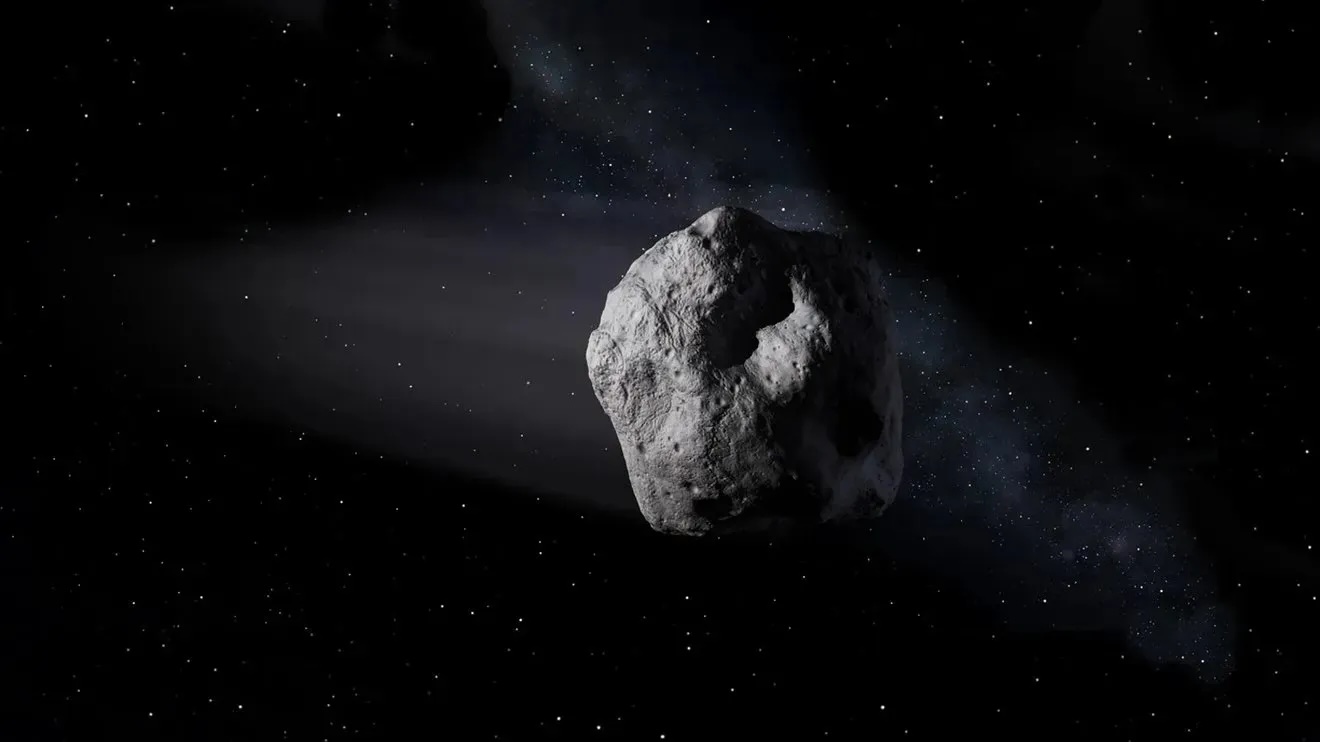When you buy through links on our site , we may make an affiliate commission . Here ’s how it works .
If you ’ve ever gazed at a model of thesolar organisation , you ’ve likely noticed that the sun , planets , synodic month and asteroids pose more or less on the same woodworking plane . But why is that ?
To do this question , we have to travel to the very beginning of the solar organization , about 4.5 billion years ago .

Artwork showing the planets orbiting the sun (from inner to outer): Mercury, Venus, Earth, Mars, Jupiter, Saturn, Uranus and Neptune.
Back then , thesolar systemwas just a massive , spinning swarm of debris and gas , Nader Haghighipour , an uranologist at the University of Hawaii at Mānoa , severalize Live Science . That massive swarm measured 12,000 astronomical units ( AU ) across ; 1 AU is the average distance betweenEarthand the sunshine , or about 93 million miles ( 150 million kilometers ) . That swarm became so big , that even though it was just filled with dust and gun molecules , the cloud itself started to founder and shrink under its own mass , Haghighipour said .
Related : Why are galaxies different shape ?
As the spinning cloud of detritus and petrol started to collapse , it also flattened . Imagine a pizza pie Almighty throw a spinning slab of dough into the breeze . As it spin , the dough expands but becomes progressively thin and flat . That ’s what happen to the very early solar organization .

Artwork showing the planets orbiting the sun (from inner to outer): Mercury, Venus, Earth, Mars, Jupiter, Saturn, Uranus and Neptune.
Meanwhile , in the plaza of this ever - flatten cloud , all those gas molecules got compress together so much , they fire up up , Haghighipour say . Under the vast heat and pressure , hydrogenandheliumatoms fuse and flush - startle a billions - of - years - long nuclear chemical reaction in the form of a baby sensation : the sun . Over the next 50 million age , the Lord’s Day continued to grow , gather up gas and detritus from its surroundings and belch out waves of vivid oestrus and irradiation . slow , the grow sunlight cleared out a halo of empty space around it .
As the sun grew , the cloud continued to collapse , form " a disk around the star [ that ] becomes categorical and flatter and expand and expands with the sun at the centerfield , " Haghighipour enunciate .
finally , the swarm became a prostrate bodily structure called a protoplanetary disk , orbiting the untested star . The disk extend century of AU across and was just one - one-tenth of that aloofness thick , Haghighipour sound out .

For tens of millions of twelvemonth thereafter , the junk mote in the protoplanetary disk softly swirl around , occasionally knocking into each other . Some even stuck together . And over those millions of yr , those molecule became millimeter - long grains , and those grains became centimeter - long pebble , and the pebble continued to collide and stick together .
— How long is a astronomical year ?
— How massive is the Milky Way ?

— Do other planets have solar eclipses ?
Eventually , most of the textile in the protoplanetary disk stuck together to form huge objects . Some of those object grew so big that gravity regulate them into spherical planet , dwarf planets andmoons . Other objects became on an irregular basis mould , like asteroid , comet and some small moons .
Despite these object ' unlike sizes , they stick around more or less on the same plane , where their building materials develop . That ’s why , even today , the solar system ’s eight planets and other celestial bodies orb on about the same level .

earlier published on Live Science .













